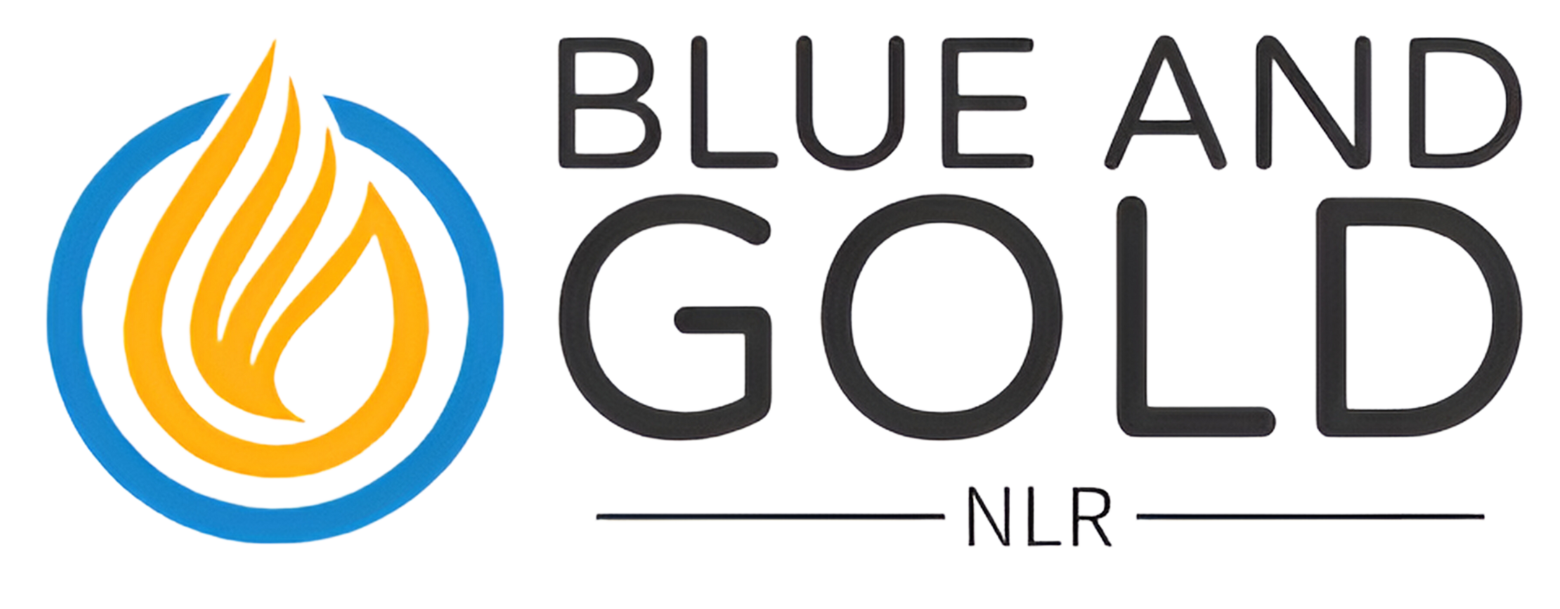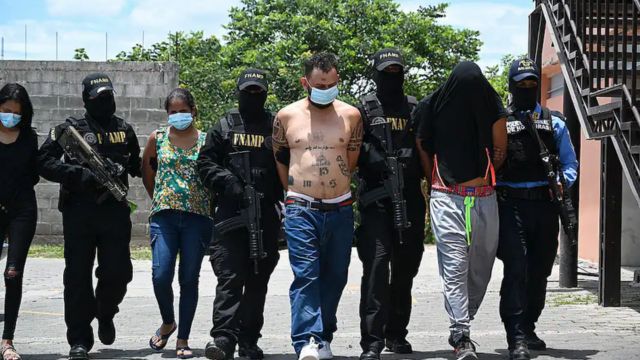Pennsylvania, a state with a diverse history, culture, and economy, is also confronted with significant challenges from crime and violence. Gangs that operate in numerous communities and regions of the state are among the most notorious sources of criminal activity. The safety and well-being of the residents and communities are at risk due to the involvement of these organizations in drug trafficking, firearms violations, murder, robbery, and other offenses. In this article, we will examine the size, scope, and impact of seven of the most hazardous gangs that are occupying Pennsylvania.
1. The Hazelwood Mob
The Hazelwood Mob, also referred to as the Down Low organization, is a violent neighborhood organization that is situated in the Hazelwood neighborhood of Pittsburgh. The gang has been active in the area since the early 2000s and has been involved in a number of shootings, homicides, and drug distributions.
The gang is comprised of leaders, members, drug suppliers, and associates, who frequently employ social media platforms to communicate and advertise their illicit activities. In September 2021, a federal grand jury indicted 24 individuals related to the Hazelwood Mob on charges of firearms violations and conspiracy to distribute narcotics. A four-month wiretap investigation was conducted to dismantle the gang and restore peace and order in the neighborhood, resulting in the indictment.
2. The Bloods
The Bloods are a street gang that is both prevalent and notorious in the United States, with a presence in nearly every state, including Pennsylvania. A adversary to the Crips, another prominent street gang, the Bloods were established in Los Angeles during the 1970s. The Bloods are recognized for their use of the term “blood,” the five-pointed star, and the color crimson as their symbols and identifiers.
The Bloods are divided into a variety of subgroups, each with its own leadership, territory, and associates. The Sex Money Murder, the Fruit Town Brims, the Nine Trey Gangsters, and the G-Shine are among the most active Bloods sets in Pennsylvania.
Robbery, extortion, murder, drug trafficking, and racketeering are among the illicit activities in which the Bloods are involved. Rival groups, including the Crips, the Latin Kings, and the Aryan Brotherhood, as well as law enforcement agencies, frequently engage in conflict with the Bloods.
3. The Pagans Motorcycle Club
Pagans Motorcycle organization, or Pagans MC, is an outlaw motorcycle organization that primarily operates in the eastern and midwestern regions of the United States, including Pennsylvania. The Pagans MC was established in Maryland in 1959 and has since expanded to multiple states, with an estimated membership of 200 to 250.
The Pagans MC are recognized for their use of the colors blue and black, the number 16, and the Norse deity Loki as their symbols and identifiers. The Pagans MC is engaged in a variety of criminal activities, including drug trafficking, firearms violations, assault, homicide, and extortion. The Pagans MC frequently engage in conflicts with law enforcement agencies and other motorcycle organizations, including the Hells Angels, the Outlaws, and the Bandidos.
4. The Hilltop Gang
A violent drug trafficking organization that operates in the West Philadelphia area is the Hilltop Gang, also known as the Hilltop Crew. The narcotic trade in the vicinity of 52nd Street and Lansdowne Avenue is under the control of the gang, which was established in the late 1990s and has since expanded to include dozens of members and associates. The gang is recognized for its use of the color green and the initials “HT” as symbols and identifiers.
The gang is engaged in a variety of criminal activities, including drug trafficking, firearms violations, robbery, homicide, and witness intimidation. The gang frequently targets innocent bystanders, informants, customers, and rival drug traffickers.
15 individuals affiliated with the Hilltop Gang were indicted by a federal grand jury in February 2020 on charges of firearms violations and conspiracy to distribute narcotics. The indictment was the outcome of a multi-agency investigation that was designed to mitigate the violence in the region and disrupt the gang.
5. The Rollin’ 60s Crips
The Rollin 60s Crips, also referred to as the Rollin 60s Neighborhood Crips, are a significant and influential street gang that primarily operates in the western and southern regions of the United States, including Pennsylvania. In the 1970s, the Rollin 60s Crips originated in Los Angeles as a faction of the Crips, another prominent street gang. The Rollin 60s Crips are recognized for their use of the color blue, the six-pointed star, and the number 60 as their symbols and identifiers.
The Rollin 60s Crips are divided into a variety of cliques or subdivisions, each with its own leadership, territory, and allies. The 61st Street, the 62nd Street, the 63rd Street, and the 60th Street are among the most active Rollin 60s Crips cliques in Pennsylvania. The Rollin 60s Crips are engaged in a variety of criminal activities, including drug trafficking, robbery, homicide, and racketeering. The Rollin 60s Crips frequently engage in conflicts with law enforcement agencies, as well as with rival gangs like the Bloods, the Hoover Criminals, and the Folk Nation.
6. The 18th Street Gang
The Barrio 18, also known as the 18th Street Gang, is a transnational criminal organization that has a primary presence in the Central American and North American regions, including Pennsylvania. In the 1960s, the 18th Street Gang emerged in Los Angeles as a faction that broke away from the Clanton 14, another street gang. The 18th Street Gang is recognized for its use of the number 18, the letters “XV3,” and the color blue as their symbols and identifiers.
Each faction or subgroup of the 18th Street Gang has its own leadership, territory, and allies. The Tiny Locos, the Tiny Winos, the Columbia Lil Cycos, and the Shatto Park Locos are among the most active 18th Street Gang cliques in Pennsylvania.
The 18th Street Gang is engaged in a variety of criminal activities, including human trafficking, narcotics trafficking, extortion, murder, and racketeering. Rival groups, including the Mara Salvatrucha, the Sureños, and the Nuestra Familia, as well as law enforcement agencies, frequently engage in conflict with the 18th Street Gang.
7. The Latin Kings
The almighty Latin King and Queen Nation, also known as the Latin Kings, are a transnational criminal organization that primarily operates in the Latin American and North American regions, including Pennsylvania. A social and cultural movement for the empowerment of the Latino community, the Latin Kings were founded in Chicago in the 1940s. The Latin Kings are recognized for their use of the five-pointed crown, the letters “ALKQN,” and the hues black and gold as their symbols and identifiers.
The Latin Kings are divided into a variety of chapters or subdivisions, each of which has its own leadership, territory, and allies. Among the most active Latin Kings chapters in Pennsylvania are the Reading Chapter, the Sunbury Chapter, the Lancaster Chapter, and the York Chapter.
Various criminal activities, including drug trafficking, firearms violations, robbery, homicide, and racketeering, are engaged in by the Latin Kings. The Latin Kings frequently engage in conflicts with law enforcement agencies and rival gangs, including the Bloods, the Crips, and the Aryan Brotherhood.
In Conclusion
The presence and activities of numerous organizations that operate in Pennsylvania’s cities and regions pose a significant threat to the state. The lives and livelihoods of the residents and communities are significantly impacted by the crime and violence perpetrated by these organizations. The challenge remains formidable, despite the efforts of the state and federal authorities to combat and prevent the gangs and their criminal activities. In addition, the authorities and communities require public awareness and cooperation to address the gang issue and establish a more prosperous and secure state for all.

